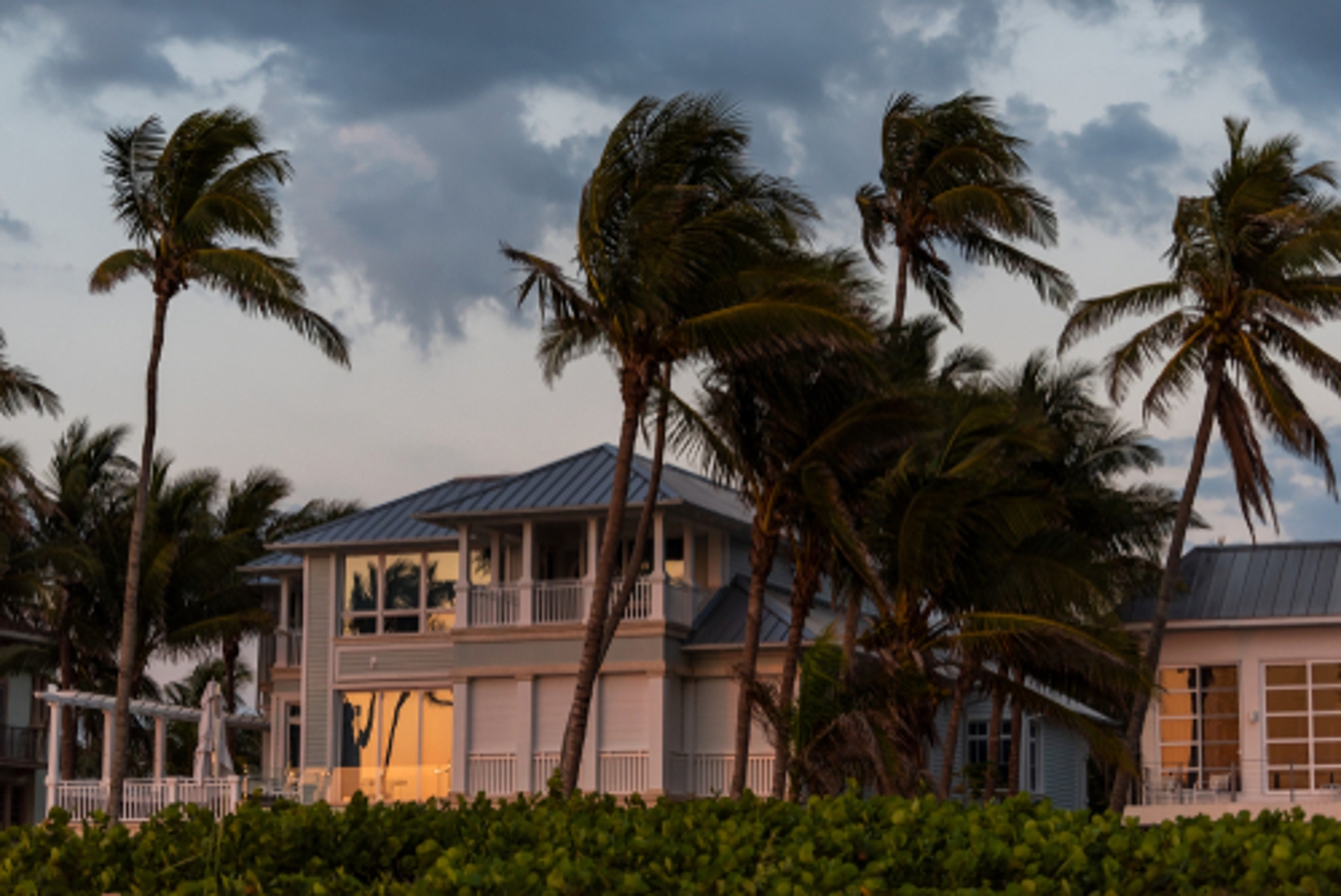
Tropical Storm Alberto is the first named storm of the 2024 hurricane season. The National Hurricane Center says the storm formed in the Gulf of Mexico and will bring rainfall totals from five to ten inches across northeast Mexico and Texas. Although not as powerful as a hurricane, a tropical storm brings with it it’s own dangers and it is important to know the severe weather risks that can accompany these weather systems.
What is a Tropical Storm?
Encyclopedia Britannica defines a tropical storm as, “an intense circular storm that originates over warm tropical oceans and is characterized by low atmospheric pressure, high winds, and heavy rain.” To be named a tropical storm the winds of a storm must have sustained winds of 39 to 73 miles per hour.
Who Names Tropical Storms?
The World Meteorological Organization chooses a list of names for storms each year. Names are kept in rotation until a storm is specifically deadly or costly. When that happens the storm name is retired and replaced by an alternate.
Tropical Storms Can Spawn Hurricanes
Meteorologists at the National Oceanic and Atmospheric Administration (NOAA) watch the winds of a tropical storm very closely. When the maximum sustained winds of a tropical storm reach 74 miles per hour (119 km), then the storm is classified as a hurricane. A hurricane watch or warning is issued for the areas in immediate danger of being impacted by the storm and residents along the path of the storm are asked to prepare or evacuate ahead of the storm.
Tropical Storms are Loaded with Rain and Severe Weather
While a hurricane is the most destructive result of a tropical storm, the National Weather Service warns that there are specific weather hazards which are inherent to a tropical storm system. Theses specific weather risks are:
- Extreme high winds
- Storm Surge
- Inland Flooding
- Tornadoes
Tropical Storm Winds are Destructive
NOAA cautions that the winds of a tropical storm can be incredibly damaging, destroying by both gusts and squalls. For example, the extreme high winds of a tropical storm can destroy homes by lifting off a roof in a wind gust. Without a roof, a dwelling’s walls fall much easier.
Tropical storm winds also destroy buildings with airborne debris. Research conducted by scientists at the National Wind Institute found that a majority of damage in windstorms is a result of flying debris. It is for this reason that emergency personnel emphasize evacuation ahead of a tropical storm or hurricane.
Tropical Storms Bring Storm Surge
As a tropical storm approaches the coastline, the outlying winds of the storm push water on shore in a storm surge. When combined with a rising tide this phenomenon can cause a storm tide, raising the water level at the shore by 15 feet (4.5m) or more.
An extreme storm surge can cause severe flooding in coastal areas. Because most of the coast lies below sea level, flooding during a tropical storm or hurricane event is almost inevitable.
NOAA scientists say the destruction caused by ocean flooding is detrimental. Not only is there a risk to human life but often buildings are destroyed or compromised, there is beach and dune erosion, as well as infrastructure damage. And, because sea water is saltwater, there is a danger to public health and the environment in estuaries and bayous.
Tropical Storms Cause Inland Flooding
Tropical storm systems cause large torrential rains and flooding as they move across land. Scientists at NOAA say, “Even after the wind has diminished, the flooding potential of these storms can remain for several days.”
Although it is commonly thought that a larger storm system would be a natural cause of heavy flooding, NOAA scientists say that is not necessarily the case. They note the slow movement of a tropical storm system greatly contributes to heavy localized flooding. According to NOAA, “Tropical cyclones can, and usually do, cause several types of inland flooding.”
In 2017 Hurricane Harvey made landfall as a hurricane but weakened rapidly to a tropical storm. Harvey dropped two to three inches of rain per hour across southeast Texas and eastward for five days. Officials say the rainfall along with, “storm surge, causing catastrophic drainage issues, rapid river rises, and widespread flooding that took over two weeks to fall below flood stage, making Harvey the wettest Atlantic storm on record for the U.S”
Tropical Storms Can Produce Tornadoes
NOAA scientists say the cyclic winds of a tropical storm make the weather systems prone to tornadoes. “Tornadoes are most likely to occur in the right-front quadrant of the hurricane relative to its motion. However, they are also often found embedded in the rainbands, well away from the center of the tropical cyclones.” Meteorologists believe tornadoes are often the cause of the uneven damage seen in the aftermath of a tropical storm or hurricane path.
SERVPRO® is Here to Help® Before and After a Tropical Storm
Meteorologists have predicted the 2024 hurricane season will be active in the Atlantic basin with as many as 17 to 25 named storms this year. Officials believe at least 13 of the named storms could become hurricanes. They also believe four to seven of those hurricanes could be major hurricanes of category 3 or higher.
If you need help preparing your property for a tropical storm or hurricane, call SERVPRO. Our 24-hour emergency services are available to everyone, day or night, even on weekends and holidays. And we offer roof tarping and board up service before, and after, the storm. When you need premier water damage cleanup, repair, and restoration, you can depend on the #1 choice in fire and water damage cleanup and restoration*. Contact your local SERPRO today at any of our 2250 locations in the United States and Canada to learn more.
For more information, please visit our Storm Damage Resources